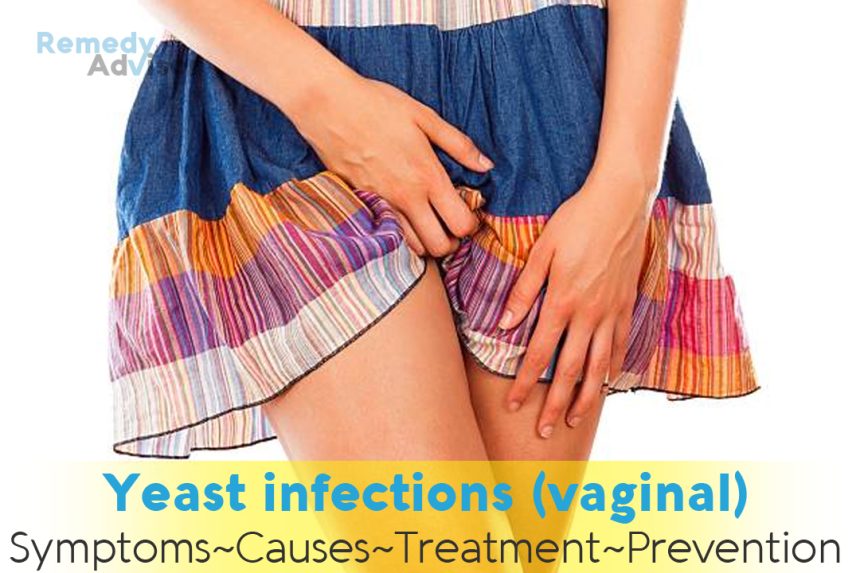What is it
Yeast infections are a type of fungal infection that can affect various parts of the body, but those that occur in the vagina are especially common and frustrating. About 1.3 million women are afflicted with yeast infections each year, and while the condition is not serious, the accompanying itching and burning can be a source of great discomfort. Moreover, yeast infections can recur; for many women they become a chronic problem.
Symptoms
- White, thick discharge similar to cottage cheese in appearance and texture, with a sweet or bread like odor (though it may be odorless). The discharge may not be substantial enough to be noticed.
- In most cases redness, intense itching, and a burning sensation around the genital area.
What causes it
Fungi that grow normally in the vagina are the cause of yeast infections, and the most common infection known as candidiasis results from Candida albicans one of several species of a fungus called Candida. A number of factors are associated with sudden and excessive growth of the fungus. Taking antibiotics increases the risk of yeast infections because the medications kill bacteria in the vagina that ordinarily subdue the growth of Candida. Infections linked to antibiotics are highly resistant to treatment until you stop taking the medication.
Becoming pregnant puts you at risk, since pregnancy disturbs the acidic balance and moisture in the vagina, thereby encouraging the fungus. Recurrent attacks are common among pregnant women. Birth control pills also disrupt vaginal chemistry and are associated with an increased risk of infection.
Also at greater risk are people with diabetes possibly because high sugar in the urine promotes yeast growth and those with weakened immune systems, such as individuals with AIDS or patients undergoing chemotherapy or taking medications (such as steroids) that interfere with the immune system.
Wearing tight clothing that traps heat and moisture, such as panty hose, has been suspected of promoting yeast infections. It’s also possible but unlikely for a yeast infection to be trans- mitted by an infected sexual partner.
What if you do nothing
Some yeast infections clear up spontaneously. Often, however, the symptoms will become so uncomfortable that you will need relief.
Home remedies
If you have never had a yeast infection before and you develop symptoms, you should see a doctor to be sure that your symptoms are in fact due to a yeast infection and not some other problem. But if you’ve had the same symptoms previously (and infrequently), and the condition has been diagnosed by a physician, you can try these measures on your own.
For mild infections, over-the-counter medications are often effective
Miconazole (Monistat) and clotrimazole (Gyne-Lotrimin) are two former prescription drugs that have been avail- able for several years in over-the-counter versions. Generic versions are also marketed. Available in both-cream and suppository form, these antifungal agents are appropriate and quite effective for treating mild, non-recurrent yeast infections. Be sure to follow directions and complete the full course of treatment.
Yogurt might help
The use of yogurt is not a completely far-fetched idea, since the same bacteria found in yogurt lactobacilli help maintain a healthy ecology in the vagina. But the studies are inconclusive and/or have serious problems. Moreover, how bacteria consumed in yogurt would travel from the digestive tract to the vagina isn’t at all clean Douching with yogurt is probably safe (though messy), and it may or may not help with a yeast infection. Nonetheless, using it shouldn’t delay you from seeking medical attention for a first infection or if symptoms persist.
Prevention
The measures that help prevent other forms of vaginitis don’t guarantee protection against yeast infections, but they may help lower the risk of some occurrences. These include practicing careful personal hygiene, not wearing tight clothing, avoiding vaginal sprays and other irritants, and checking on antibiotic medications. If you get recurrent infections, talk to your doctor about using over-the-counter antifungal remedies while taking antibiotics.







